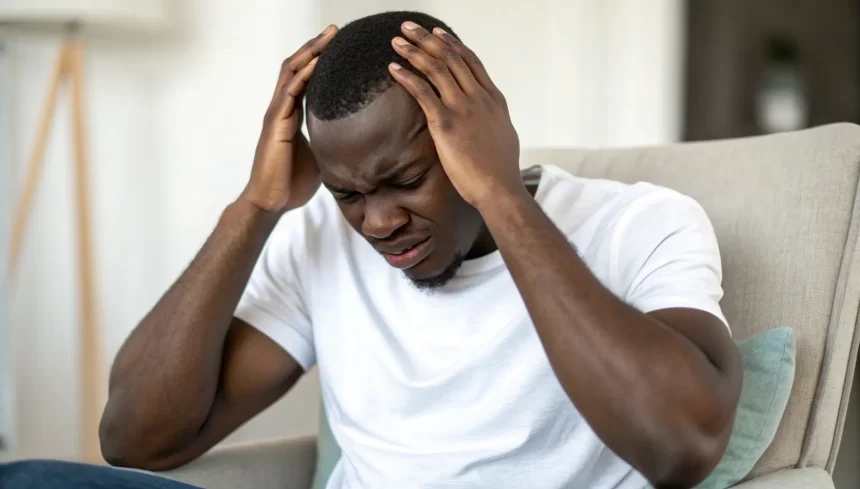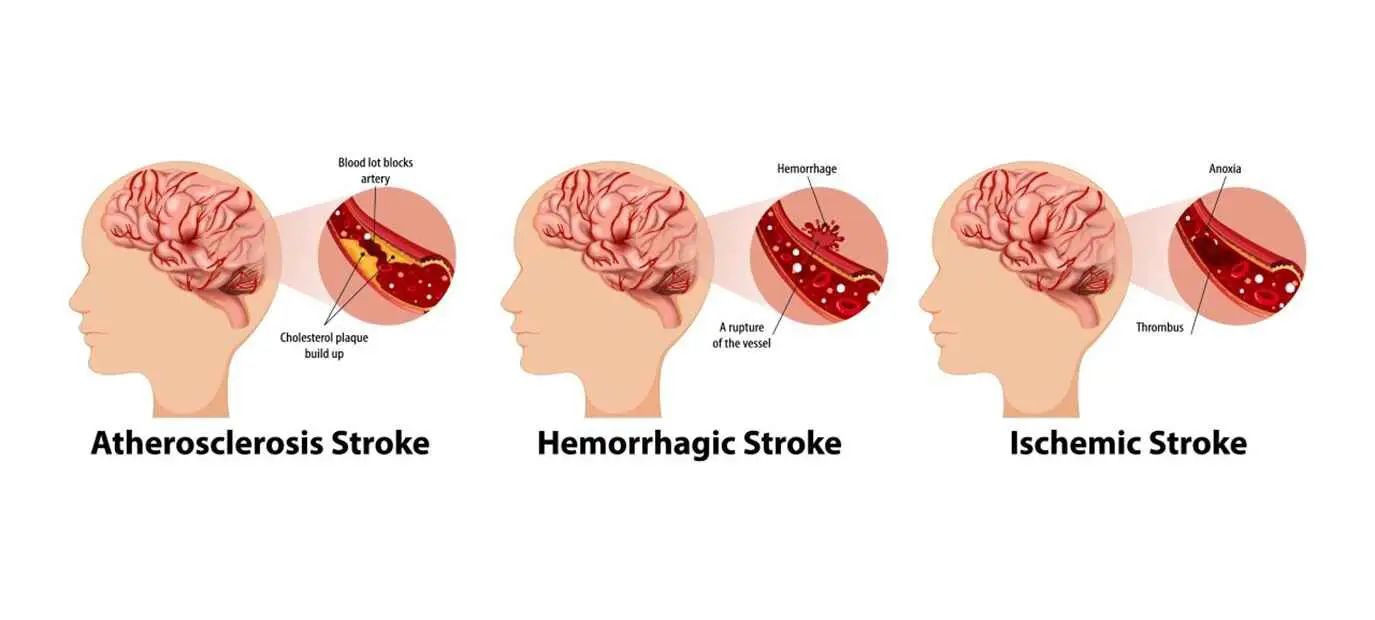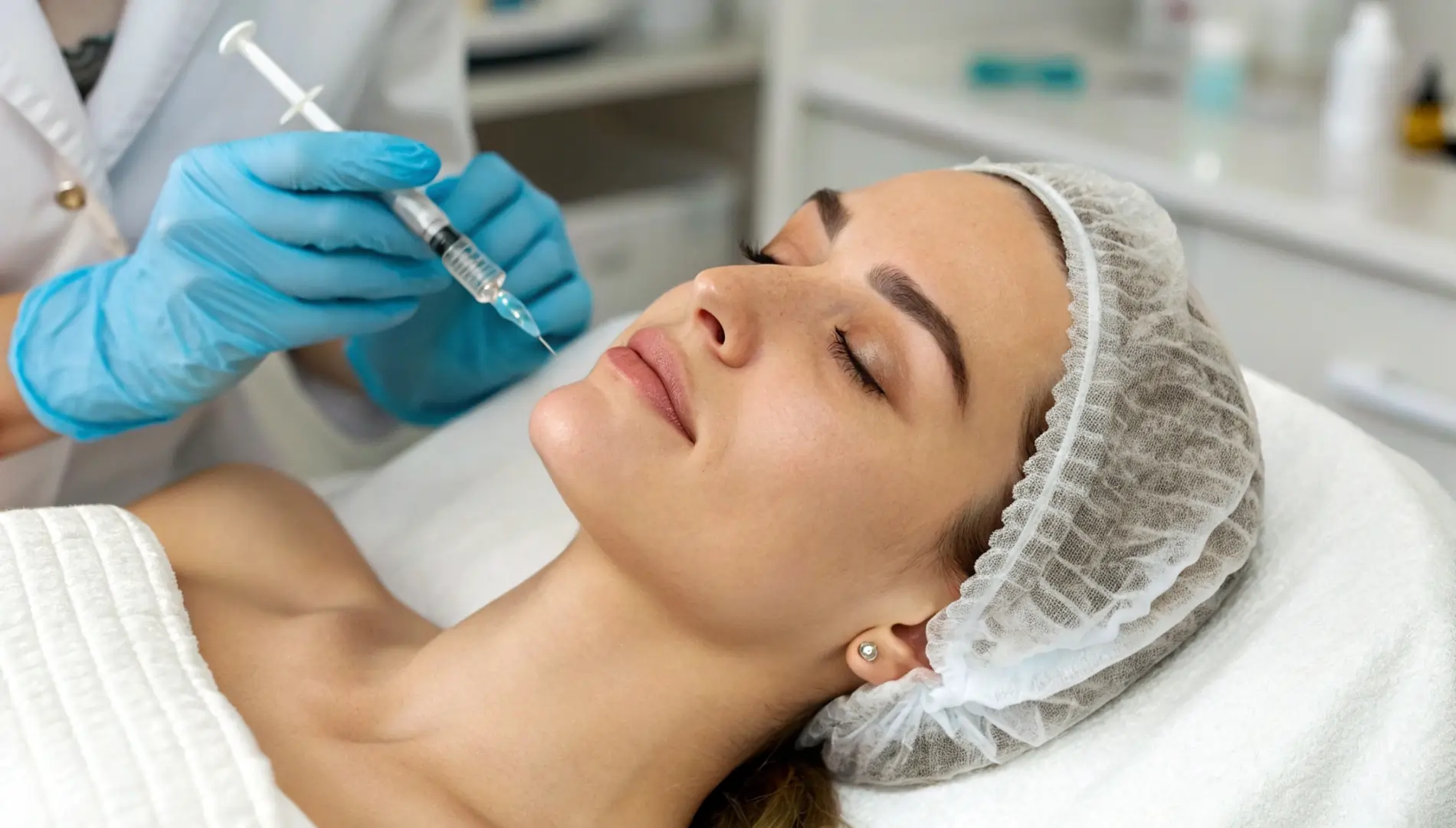When blood vessels in the brain that are responsible for delivering nutrients and oxygen to brain cells become blocked or ruptured due to a blood clot, brain cells die, causing a brain attack. Stroke is a leading cause of death and disability in the United States.
Types of Strokes
There are three main types of strokes:
Ischemic stroke
This is the most common type and accounts for a large percentage of strokes. It occurs when a blood clot or other obstruction blocks blood flow to part of the brain. As a result, brain cells begin to die within minutes.
Causes of ischemic stroke:
Thrombosis: A blood clot forms in one of the arteries in the brain, often due to hardening of the arteries (plaque buildup).
Embolism: A blood clot or other debris forms somewhere else (such as in the heart) and travels to the brain.
Symptoms:
- Sudden numbness or weakness in the face, arm, or leg, especially on one side of the body
- Difficulty speaking or understanding speech
- Vision problems in one or both eyes
- Dizziness, loss of balance, or coordination problems
Prompt treatment, such as clot-dissolving medications (such as tPA) or mechanical removal of the clot, is important to minimize brain damage.
Hemorrhagic stroke
This type of stroke accounts for a small percentage of cases but is more severe and has a higher mortality rate. It occurs when a blood vessel in the brain bursts, causing bleeding (hemorrhage) that puts pressure on brain tissue and damages cells.
Causes of hemorrhagic stroke:
High blood pressure (hypertension): Weakens the walls of blood vessels and increases the risk of rupture.
Aneurysm: A bulge in a blood vessel that bursts.
Arteriovenous malformation (AVM): Abnormal connections between arteries and veins that can rupture.
Head injury: Can lead to bleeding in the brain.
Blood thinners: Increase the risk of uncontrolled bleeding.
Symptoms:
- Sudden, severe headache
- Nausea or vomiting
- Sudden loss of consciousness
- Weakness or numbness, especially on one side of the body
Treatment usually involves controlling the bleeding, reducing pressure in the brain, and in some cases, surgery.
TIA (Transient Ischemic Attack)
A TIA, often known as a “mini-stroke,” occurs when there is a temporary blockage of blood flow to the brain. The blockage resolves on its own and symptoms disappear within minutes to hours, usually leaving no lasting damage.
Why should it be taken seriously?
A TIA is a warning sign that a more serious stroke is coming. 1 in 3 people who experience a TIA will later have a major stroke, about half of which will happen within a year.
Symptoms:
Similar to a stroke but temporary:
- Weakness or numbness in the face, arm, or leg
- Slurred speech or difficulty understanding
- Vision problems or loss- Dizziness or loss of balance
What to do?
Never ignore a TIA. See a doctor right away to assess the risk and prevent a major problem in the future. Lifestyle changes and medications can significantly reduce the risk.
The American Stroke Association notes that sleep is extremely important during stroke recovery. Your brain needs those breaks. Work hard towards your goals, but know when to listen to your body and rest and recuperate.
When should you call 911?
Get emergency help right away if you experience these symptoms:
- Severe headache
- Dizziness or loss of balance
- Vision problems in one or both eyes
- Difficulty speaking or slurring speech
- Confusion or trouble understanding others
- Sudden numbness or weakness, especially on one side of the body
What is the F.A.S.T. test?
By learning this test, you can quickly determine if someone is having a stroke.

Ask them to raise both arms. Does one side droop?
Ask them to repeat a simple sentence. Is their speech slurred or strange?
If you see any of these signs, call 911 immediately. Every second counts.
Who does it affect?
Anyone, regardless of age, can have a stroke. However, it is more common in older people, with about two-thirds of strokes occurring in people aged 65 and over. But some people are at higher risk than others.
- Diabetes
- Family history
- High blood pressure
- Smoking and tobacco use
- Obesity and a sedentary lifestyle
- Heart disease and high cholesterol
The American Stroke Association emphasizes that whole body wellness can help you feel stronger, healthier, and mentally sharp and it can also reduce your stroke risk.
How is a stroke diagnosed?
A health care provider can diagnose a stroke through a combination of a neurological exam, diagnostic imaging, and other tests. During a neurological exam, the provider will ask you to do certain tasks or answer questions. While you do this, the provider will look for clear signs that indicate a problem with how part of your brain is functioning.
What tests are performed to diagnose this condition?
The most common tests include:
- Computed Tomography (CT) Scan
- Laboratory Blood Tests
- Electrocardiogram (ECG or EKG)
- Magnetic Resonance Imaging (MRI) Scan
- Electroencephalogram (EEG)
How common is it?
Globally, stroke ranks as the second leading cause of death. In the United States, it holds the position of the fifth leading cause of death. Additionally, stroke is a major contributor to disability worldwide.
Prevention Tips
Many strokes are preventable. But that doesn’t mean you can prevent a stroke, you can only reduce your risk. Here’s how to reduce your risk:
- Eat a healthy diet. Go for fruits, vegetables, whole grains, and lean proteins.
- Exercise just 30 minutes a day. It’s very effective.
- Quit smoking.
- Watch your weight. A healthy weight puts less strain on your heart.
- Check your blood pressure, cholesterol, and blood sugar.
- Minimize alcohol consumption.
Does the body recover after a stroke and survival?
If someone survives a stroke, recovery is the next big step. Physical therapy, speech therapy, and lifestyle changes can help survivors improve day by day. Although it is difficult, it is doable. Support from family and friends can be very helpful in this process.
Where can I get help after a stroke?
Those who have had a stroke can reach out to organizations like the American Stroke Association, which has a wealth of resources to help them recover. Also, look for support groups, rehabilitation centers, and online communities.
Conclusion
Strokes can be largely prevented by knowing the symptoms and understanding their causes and types. If you or someone else shows symptoms of a stroke, or if a stroke occurs, call 911 immediately — every second counts. Prompt and appropriate treatment can minimize brain damage and aid recovery. In addition, adopting healthy habits such as eating a balanced diet, exercising regularly, and managing your blood pressure and blood sugar can greatly reduce your risk.













